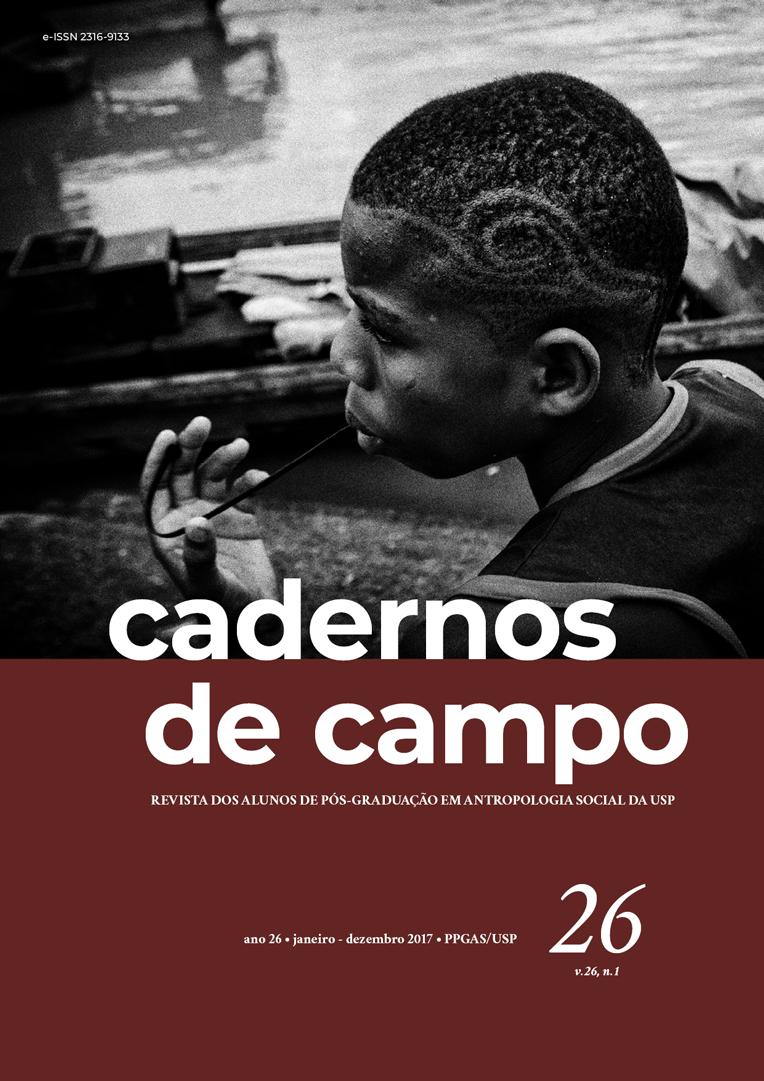“¿Would be Dunga a dungano?” Exploring the concept of chineseness in Central Asia: Sinophone Muslims in Kazakhstan
Keywords:
China, Chineseness, Kazakhstan, ethnic engineering, DunganAbstract
The study of Dungans, as Sinophone Muslims are known in the Central Asian region, constitutes a space of identity contestation. Such contestation should be understood in at least two axes that combine both comparative ethnography and theory. The first of these axes is the one corresponding to the origin of Sinophone Muslims in general, and the regional differentiation that they do present. The second axis has to do with ethnic classification inside the countries where Sinophone Muslims live, I call this process as “ethnic engineering”. Such projects are either external or internal. The main big external project is Chinese-ness as a phenomenon relative to the so-called Chinese diaspora, either in its culturalist understanding (huaqiao) or in its ethnic variant (minzu huaqiao). Among the internal projects we can mention, for example, the “invention” of Dungans in Mexico and Brazil.
Downloads
Downloads
Published
Issue
Section
License
I authorize Cadernos de Campo Journal of Anthropology to publish the work of my authorship/responsibility, as well as I take responsibility for the use of images, if accepted for publication.
I agree with this statement as an absolute expression of truth. On my behalf and on behalf of eventual co-authors I also take full responsibility for the material presented.
I attest to the unpublished nature of the work submitted





